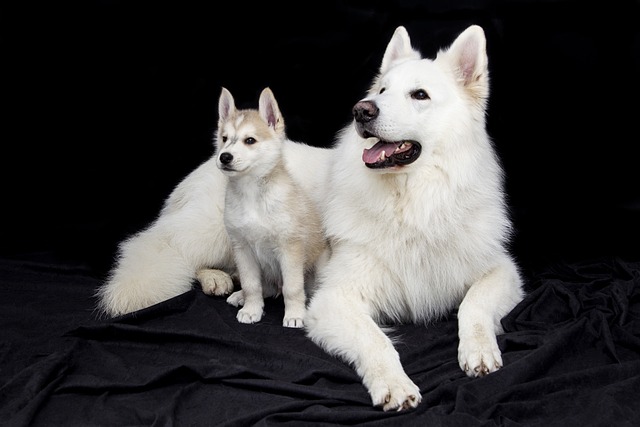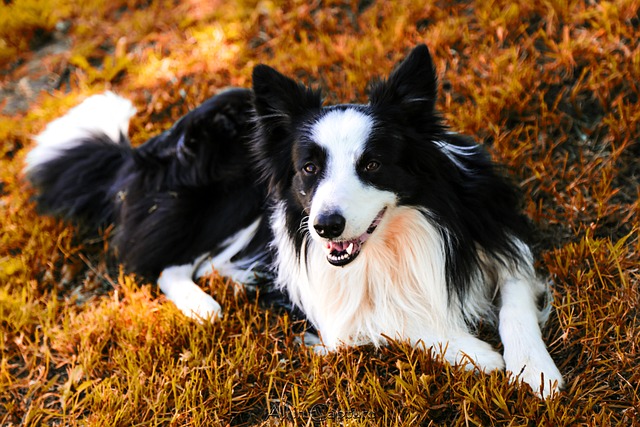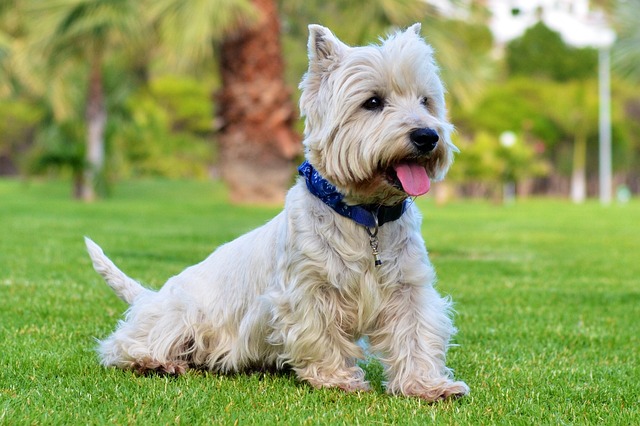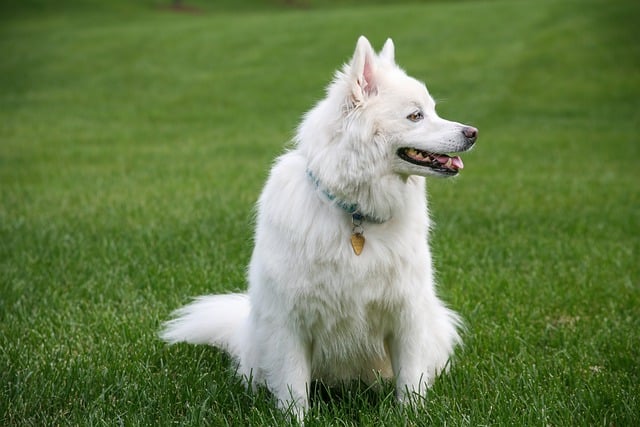
Why can't dogs eat cat food
Imagine this: You’re in your Chicago apartment, juggling a 6-month-old golden retriever, Max, and a tabby cat, Luna. You turn your back for 30 seconds to grab a leash
Many dog owners find themselves puzzled when bedtime approaches and they're unsure whether their furry companion should keep their harness on through the night. This dilemma touches on fundamental concerns about pet safety, comfort, and well-being that every responsible owner grapples with. The decision isn't always straightforward, as various factors come into play depending on your dog's specific needs, behavior patterns, and living situation.
From a veterinary standpoint, there are compelling reasons why some dogs benefit from wearing their harness at night. Dr. Sarah Mitchell, a veterinary behaviorist from Colorado, notes that certain rescue dogs or those with anxiety disorders often sleep more soundly when wearing familiar equipment. The gentle pressure provided by a well-fitted harness can create a calming effect similar to weighted blankets for humans. This is particularly beneficial for dogs recovering from trauma or those adjusting to new homes, where the harness serves as a security anchor during vulnerable sleeping hours.
Emergency situations present another strong argument for nighttime harness use. House fires, medical emergencies, or sudden evacuations require immediate action, and having your dog already equipped with a harness eliminates precious seconds that could make the difference between safety and danger. The Federal Emergency Management Agency recommends that pet owners maintain readily accessible restraint systems, and keeping a dog harness at night partially fulfills this preparedness requirement.
However, the benefits of leaving dog harness on at night must be weighed against potential risks. Prolonged wear can lead to skin irritation, particularly in areas where straps make contact with the body. Dogs with thick coats may experience matting or moisture retention beneath the harness, creating conditions favorable for bacterial growth. Additionally, poorly fitted harnesses can restrict natural movement during sleep, potentially causing muscle stiffness or circulation issues that manifest as restlessness or discomfort.
The quality and design of the harness significantly influence whether overnight wear is advisable. Harnesses with rough edges, excessive hardware, or inadequate padding should never remain on sleeping dogs. Conversely, harnesses made from breathable materials with smooth, rounded edges and strategic padding distribution can often be worn safely throughout the night. Regular inspection for wear patterns, fraying, or hardware damage becomes crucial when dogs sleep with harnesses on.
Behavioral research reveals fascinating insights about how dogs perceive their equipment during rest periods. A study conducted by the University of Pennsylvania's veterinary school found that dogs who regularly wear harnesses during training sessions often associate the equipment with positive experiences and structured routines. For these dogs, removing the harness at bedtime can actually create mild stress, as they've learned to associate wearing it with security and predictability.
Some dogs exhibit what behaviorists term "equipment dependency," where they become noticeably more relaxed and confident when wearing familiar gear. This phenomenon is particularly common among working dogs, therapy animals, and pets who've undergone extensive harness-based training. The psychological comfort derived from wearing their harness overnight can significantly improve sleep quality and reduce nighttime anxiety behaviors like pacing or whining.
When considering whether dogs can sleep with harness on, practical factors deserve careful attention. First, ensure the harness fits properly with enough room to slide two fingers beneath any strap, but not so loose that it shifts during movement. Check that buckles and adjusters aren't positioned where they'll press against the dog's body during lying positions. The harness should distribute pressure evenly across the chest and shoulders without restricting breathing or natural stretching movements.
Regular monitoring becomes essential for dogs who wear harnesses overnight. Weekly inspections should focus on identifying any hair loss, skin redness, or behavioral changes that might indicate discomfort. Pay particular attention to areas where straps cross or where hardware makes contact with the body. If you notice any signs of irritation, temporarily discontinue nighttime wear and consult your veterinarian about alternative approaches.
Dog safety with harness during sleep also depends on environmental factors. Dogs sleeping in crates may face increased risk of harness components catching on bars or latches, potentially creating dangerous entanglement situations. Similarly, dogs who sleep with other pets should be monitored for potential harness-related interactions that could lead to injury. In multi-pet households, the decision about nighttime harness wear often requires individual assessment for each animal.
Climate considerations play a significant role in nighttime harness decisions. During summer months or in warm climates, additional insulation from harness materials can contribute to overheating, particularly for breeds already prone to temperature regulation issues. Conversely, thin-coated breeds in colder regions might benefit from the extra warmth provided by quality harness materials, though this should never substitute for appropriate bedding or climate control.
The question of should dogs wear harnesses overnight ultimately requires individualized assessment based on your pet's unique circumstances. Consider factors such as age, health status, behavioral needs, living environment, and seasonal variations when making this decision. Young puppies still growing into their equipment need more frequent fit assessments, while senior dogs may require softer materials to accommodate joint sensitivity.
Professional consultation can provide valuable guidance tailored to your specific situation. Veterinarians can assess whether your dog's physical condition supports overnight harness wear, while certified dog trainers can evaluate behavioral factors that might influence the decision. Many pet insurance policies cover consultations specifically related to equipment safety, making professional advice more accessible than many owners realize.
The decision about using a dog harness at night reflects the broader responsibility of pet ownership, requiring careful balance between safety, comfort, and individual needs. While some dogs thrive with the security and practical benefits of overnight harness wear, others sleep better without any equipment. Trust your observations of your pet's behavior, maintain open communication with veterinary professionals, and remember that preferences may change over time as your dog ages or circumstances evolve. The right choice is ultimately the one that promotes your dog's overall well-being while addressing your specific household's safety and comfort requirements.

Imagine this: You’re in your Chicago apartment, juggling a 6-month-old golden retriever, Max, and a tabby cat, Luna. You turn your back for 30 seconds to grab a leash

Let’s say you’re a new dog parent in Phoenix, sweating under the summer sun as your golden retriever, Bailey, pants beside you. You eye the clippers in the closet

Let’s picture this: You’re a new puppy parent in a Boston apartment, excitedly welcoming home your 12-week-old golden retriever, Buddy.

Maintaining your dog’s dental health is like safeguarding a secret to their long - term well - being. Yet, improper brushing not only risks oral issues but may also go against local pet care regulations that prioritize animal welfare.

Seeing your dog’s wagging tail and bright eyes is heartwarming, but what about their dental health? Just like in human healthcare, local pet care regulations might impact how you approach dog dental hygiene.

Should dogs have access to water all the time? Let’s start with a scene familiar to many new dog parents in Chicago: Your 8-month-old golden retriever